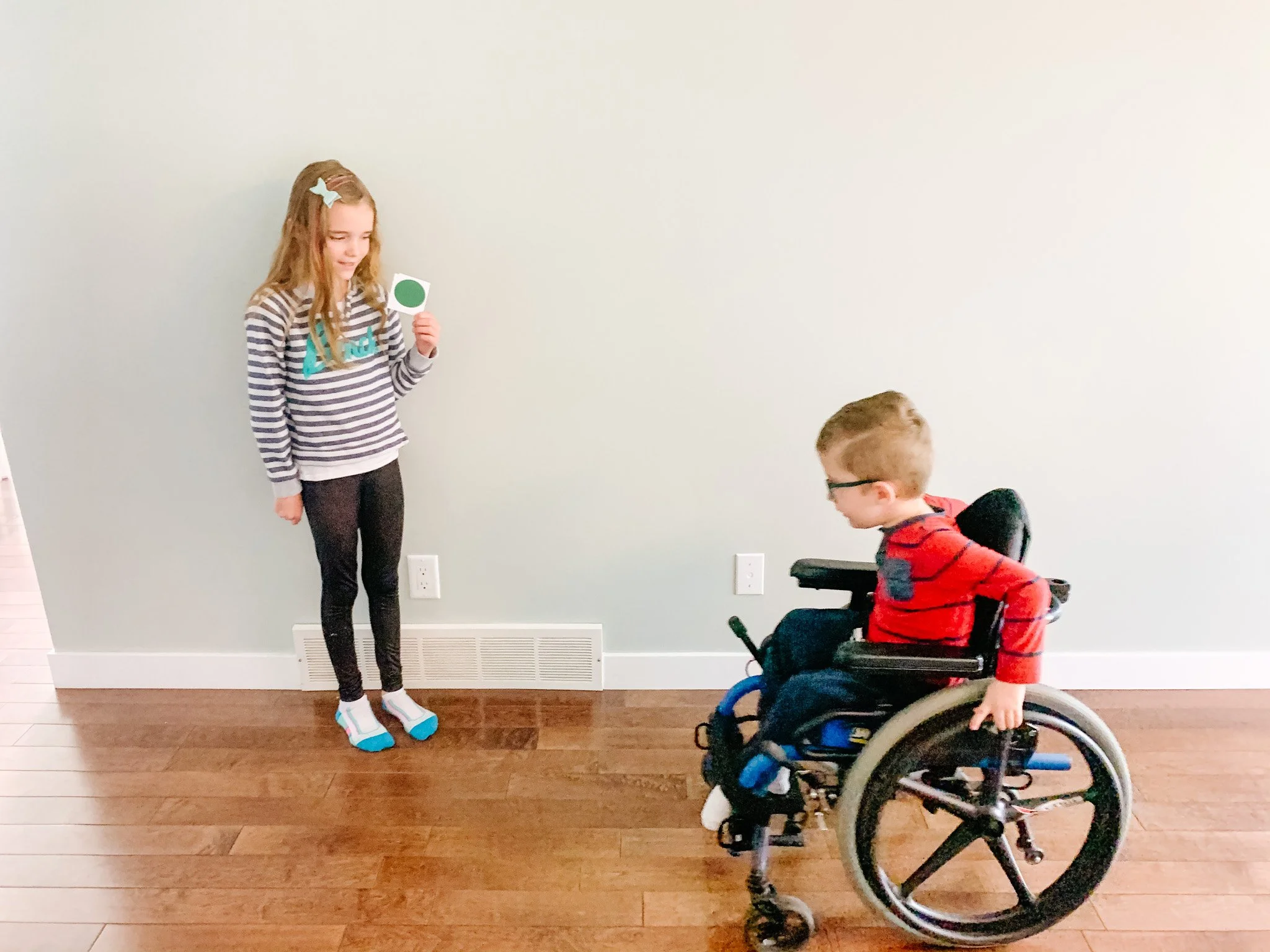Free Building Brains Courses
By Seraphin Yip, BMgt/BSc, Marketing/Psychology
Are you a parent, caretaker, or educator? Interested in your own growth and development and how childhood experiences shape your brain? The completely free courses offered through Building Brains Together (BBT) are an excellent first stop!
By taking the time to understand the brain scientifically, we can do our part to understand and help grow resilient children, families, and communities! BBT offers a two-part Education Series, each spanning five weeks, and the hour-long Brain Architecture 1 course. These courses delve into the science of childhood development and a caretaker’s role in helping a child reach their full potential through carefully curated videos, information, and practical resources. If this interests you, take a glimpse into the courses offered through Building Brains Together here, and keep reading below for an in-depth look at your first stop: Education Series Part 1.
But first, take the time to watch this short video by Alberta Family Wellness Initiative (AFWI) with input from their partners at the Harvard Center on the Developing Child and the FrameWorks Institute. This video gives some background to the more advanced content you’ll learn about in the free courses, as well as an explanation of why Building Brains Together promotes and researches play to help improve executive function skills. As AFWI puts it, “Brains are not just born; they’re built.”
Your first stop: Education Series Part 1
Education Series Part 1 is a five-week program made to fit into your busy schedule. Each week's learnings are broken down into short 20-minute presentations, extra resources, and game tutorials, sent straight to your inbox! Register for Education Series Part 1 here. You will receive an email with next steps and detailed instructions on how to begin.
Week one of the course delves into the importance of nurturing relationships. Positive relationships between caregivers and children contribute to healthy brain development. Week two highlights the importance of positive experiences. It describes “serve and return” interactions between a caregiver and child which is when a caregiver and child react and respond to one another in a way that forms secure attachment and help shape a child’s brain architecture, their social and emotional well-being.
Moving into week three, you will learn the importance of fairness and consistency in reducing stress in children while providing tangible examples of how to set clear boundaries and expectations. Stress is not always negative. It’s important to experience some stress in order to learn coping skills and good communication. Throughout week four, you will have the chance to learn about executive functions, such as impulse control, working memory and cognitive flexibility, and their impact on success in both school and life. To wrap up Education Series Part 1, week five emphasizes the importance of play and takes you through many examples of games you can incorporate into your everyday life. Children’s cognitive, social, emotional and physical development are all supported by integrating play into daily activities.
Have you ever played ‘Red Light Green Light’? It’s a group game where one individual stands at one end of a room or field holding red and green signs, and the rest of the group stands at the other end. When the green sign is held up, the group on the opposite side from the individual holding up the sign begins running toward that individual. When the red sign is held up, the group will stop in their tracks. If some runners fail to freeze when the red sign is held up, they’re sent back to the beginning to try again. Whoever reaches the person signing first wins the game.
Every child will have different strengths and areas for improvement when playing this game. In order to remember the instructions they’ve been told, children will need to use their working memory, or their ability to hold and use information that they are only just processing, consciously in their mind, or ‘on the tip of the tongue.’ They will need to practice emotional control if they get sent back to the beginning when they accidentally move after the red sign is held up. Paying close attention to instructions and forcing oneself to stop and start unpredictably strengthens impulse control and listening comprehension.
For such a simple game, a dynamic variety of executive function skills are practiced. One child might struggle to stop when the red sign goes up but take losing the game with ease. Others might find it easy to follow instructions but struggle to regulate their emotions. Playing games builds resilience through healthy interaction and helps caretakers better understand an individual child’s strengths and areas for improvement. It’s a fun and simple game with incredible benefits, one of many covered in Education Series Part 1.
